5.5 miles Cold and grey
We left the cars at Over Silton at the roadside opposite the Old School House, having approached the village from the A19.
Today's walk from The Walker's Guide to the Hambleton Hills
The Old School House at Over Silton
House at Over Silton
Manor House at Over Silton
The Wombwell coat of arms on the Manor House
The Manor House was once the home of Sir George Wombwell, who built the small school
Tom Scott Burns notes that the name Silton probably derives from Sal as in Upsal, which means Hall, and Ton, which is old Anglian for place or town.
We continued beyond the farm to walk through sodden fields until we reached the footbridge over Sorrow Beck.
We followed the road out of Over Silton and turned into a field at a gate. Although easy to miss, there is a way-mark on the telegraph pole here, but we found that with much of today's route, whilst shown on the map, where its tracks cut across fields it is difficult to see.
Leave the road at the telegraph pole..
... and enter field paths
Crossing Penny Beck
We walked through fields until we reached Greystone Farm, passing by the attractive and tidily kept buildings to see a small open barn full of rosettes and prize certificates for the farm's Suffolk sheep.
The route continues along field paths until reaching Nether Silton where we crossed the road near to the village green and rejoined our path which led us to Hall Farm.
We continued beyond the farm to walk through sodden fields until we reached the footbridge over Sorrow Beck.
After crossing the beck we walked through fields to reach a stone footbridge that is built over what used to be a 3.5 mile narrow gauge railway. Constructed in 1833 this railway brought limestone mined near Kepwick to kilns near to the Yarm and Thirsk turnpike road. We crossed another field and joined Peasland Lane which we followed for a mile into Cowesby.
The first building we came to on entering Cowesby was St Michael and All Angels Church. We were pleased to find the door was unlocked and we spent a few moments exploring the old building. Although very smart from the outside the interior is suffering from damp, indeed we thought the inside of the church was colder than outside. Plaster had fallen from the roof and walls.
Although the present church dates from only 1846 it replaced one of the oldest churches in the district, which stood on a Saxon site. We wondered if the many carved heads are modern or rescued from the old church.
The weather vane appears to be lop-sided!
We are pleased to find the church open
Plaster has fallen from the walls
The altar window
Not so pretty!
The tower has an unusual pyramid roof which houses a ring of six bells, their ropes dangling near the altar.
A new and convenient bench had been placed outside the church and we decided to pause for our coffee break.
Refreshed, we walked through Cowesby, past Home Farm, then followed a path bearing left along the western shoulder of Pen Hill. This path then leads down towards Kepwick.
Cowesby
Clive passes Corner House in Cowesby
Weather vane in Cowesby
Leaving the lane near Home Farm..
Climbing Pen Hill
Cowesby from Pen Hill
Tom Scott Burns in his The Walker's Guide to the Hambleton Hills mentions that a marble obelisk can be seen on Howe Hill as one descends Atlay Bank. We have never seen this obelisk and Howe Hill top appears to be covered with trees and vegetation and having time to spare we decided to climb Howe Hill to look for this memorial. Two footpaths are shown on the OS map, neither of which actually visit the top of the hill and in fact the nearest to the hill has disappeared, although an old footpath sign remains on the road, it now points into someone's garden. We took the other path into the field below Howe Hill and stepping over a low fence we climbed steeply through dense vegetation and were surprised when the obelisk suddenly came into view.
Howe Hill, Tom says there is an obelisk on top of it!
Clive gets snagged as we climb Howe Hill
Well I'm blowed, Tom was right!
'In memory of John Henry Boyer Warner. He was a great and intellectual traveller throughout the world all his life, a popular candidate for parliament, a true and noble man, his mind was one of the first in which originated the germ of that grand scheme 'Imperial Federation' He was a man liked and respected by all who knew him, never to be forgotten by those he loved. He was a man take him for all in all, I shall not look on his like again. Not lost but gone before''A nature his of sweet felicity, a pioneer of thought throughout the globe, his soul a garb of grand simplicity, that feelings true of wondrous depth did robe. Such men denote the capability, of nature's glorious power in her prime, show us the path of possibility, that leads beyond the measured scope of time'
The trees and vegetation have caused the marble to discolour
In need of some TLC from the people of Kepwick!
We can't get near the fourth side of the obelisk, which appears to have a coat of arms with a squirrel thereon
The obelisk memorial is now invisible to all, unless you climb Howe Hill and fight through the trees and vegetation to its base. We wondered why it was so neglected and also whether the trees had been deliberately planted with the intention of hiding the obelisk from public view. It's a real shame!
There was no easy descent and we slithered back down Howe Hill and returned to the road.
Back in Kepwick we left the road at a footpath sign to re-enter fields which took us first to the disused railway and then to Bridge Beck which we crossed on a new bridge. A hundred yards later we reached and crossed Sorrow Beck.
Leaving the road at Kepwick
Field walking again
I send Clive on ahead to negotiate passage
The natives are friendly
Crossing into this field we disturb...
.. a hare. Stand still for my camera!
No chance.
Sorrow Beck
In pathless fields way-marks are few and far between, but keep straight ahead to the outskirts of Nether Silton and the old Manor Stone which is in the middle of a field next to the 16th century manor house. The stone is cryptically inscribed with letters whose meaning I've set out below the photograph. This inscription was the idea of a Squire Hicks to mark the spot where the medieval manor house once stood.
The satellite dish seems a bit incongruous on the 16th century manor house
The manor house at Nether Silton
Here The Grand Old Manor House Stood
The Black Beams Were Oak, The Great Walls Were Good
The Walls At The East Wing Are Hidden Here
A Thatched Cottage Like A Barn Was Erected
Year AD 1765
Year AD 1765
A Wide Porch Spans A Yard And Alcove
An old monolith (on the right)
A few steps took us to the church of All Saints seen behind me in the above picture and then to the road where we entered the gate at the old post office.
Through the gate!
Once in the fields we were now returning to Over Silton and walking parallel to Greystone Farm and its Suffolk sheep.
Target in fields at Nether Silton
Black sheep at Nether Silton
Looking over towards Greystones Farm
Suffolks in pasture
As we returned to our cars we saw that a flock of peacocks were wandering through the village, in gardens and on the road. We wondered who, if anyone, they belonged to?
Crossing Ings Lane
St Mary's in the field
Free range peacocks at Over Silton
A short walk but an interesting one!







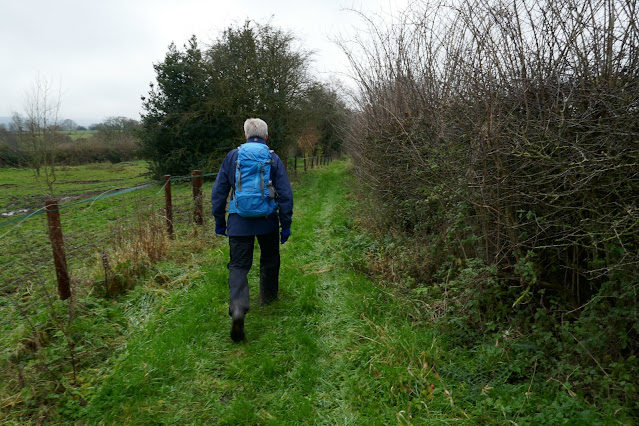





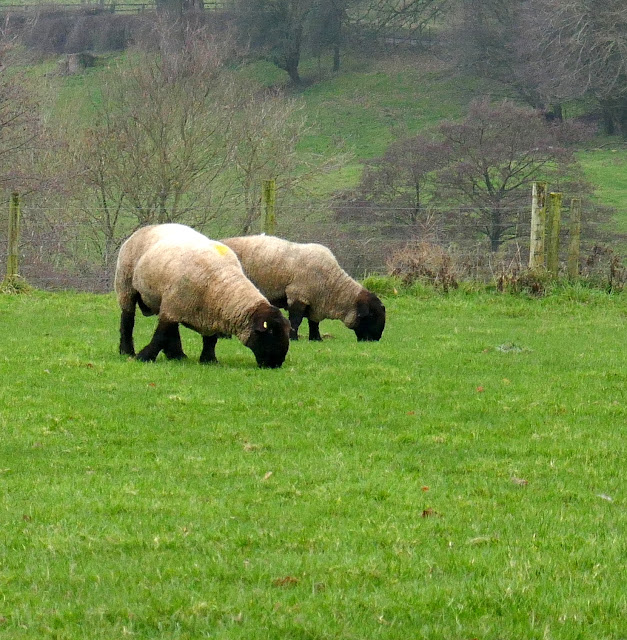




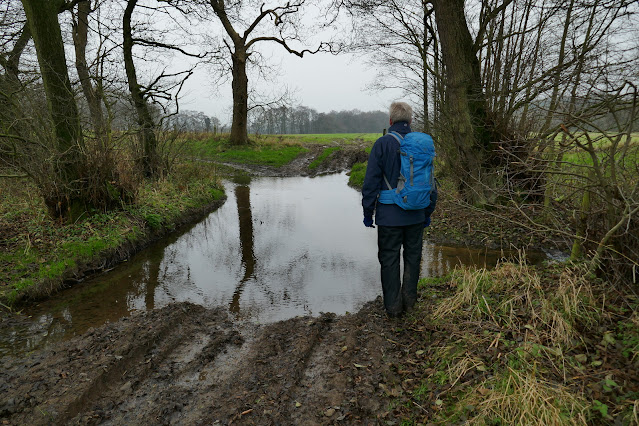


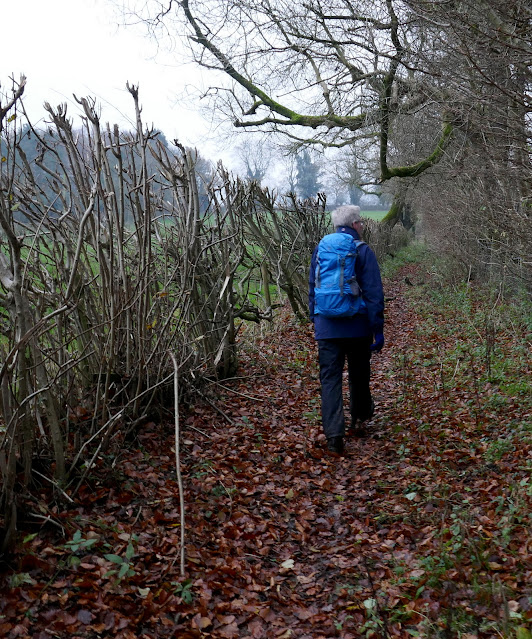

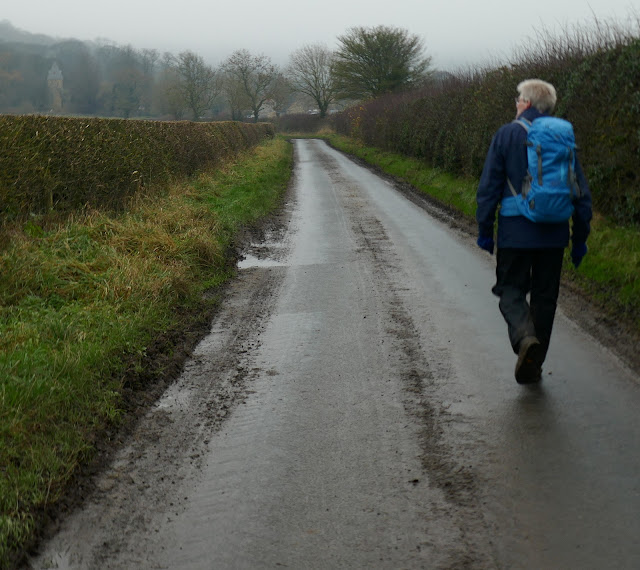






























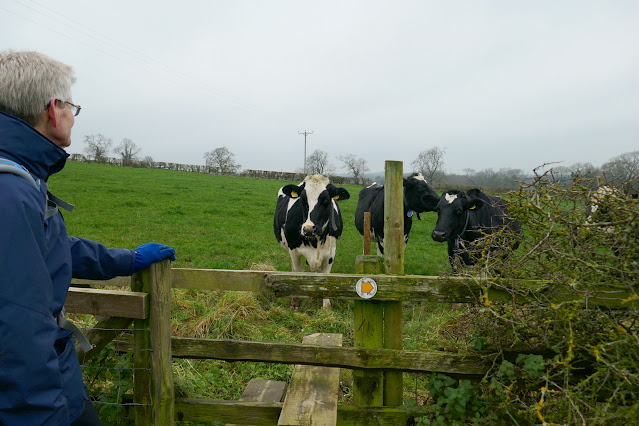












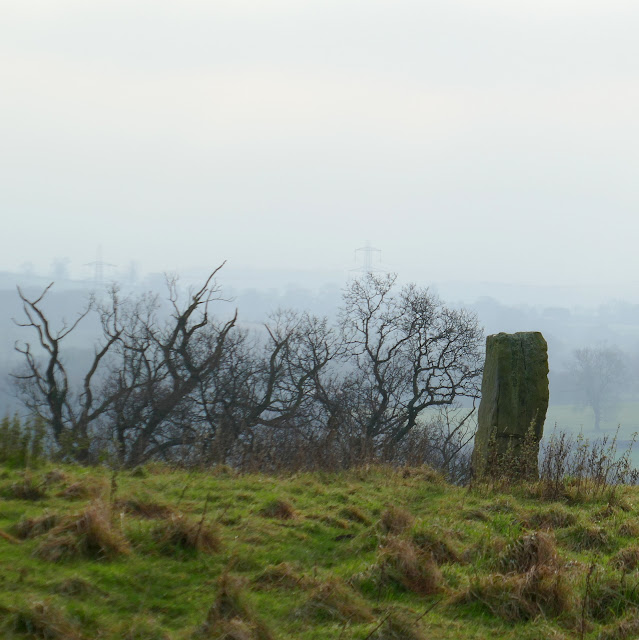









No comments:
Post a Comment